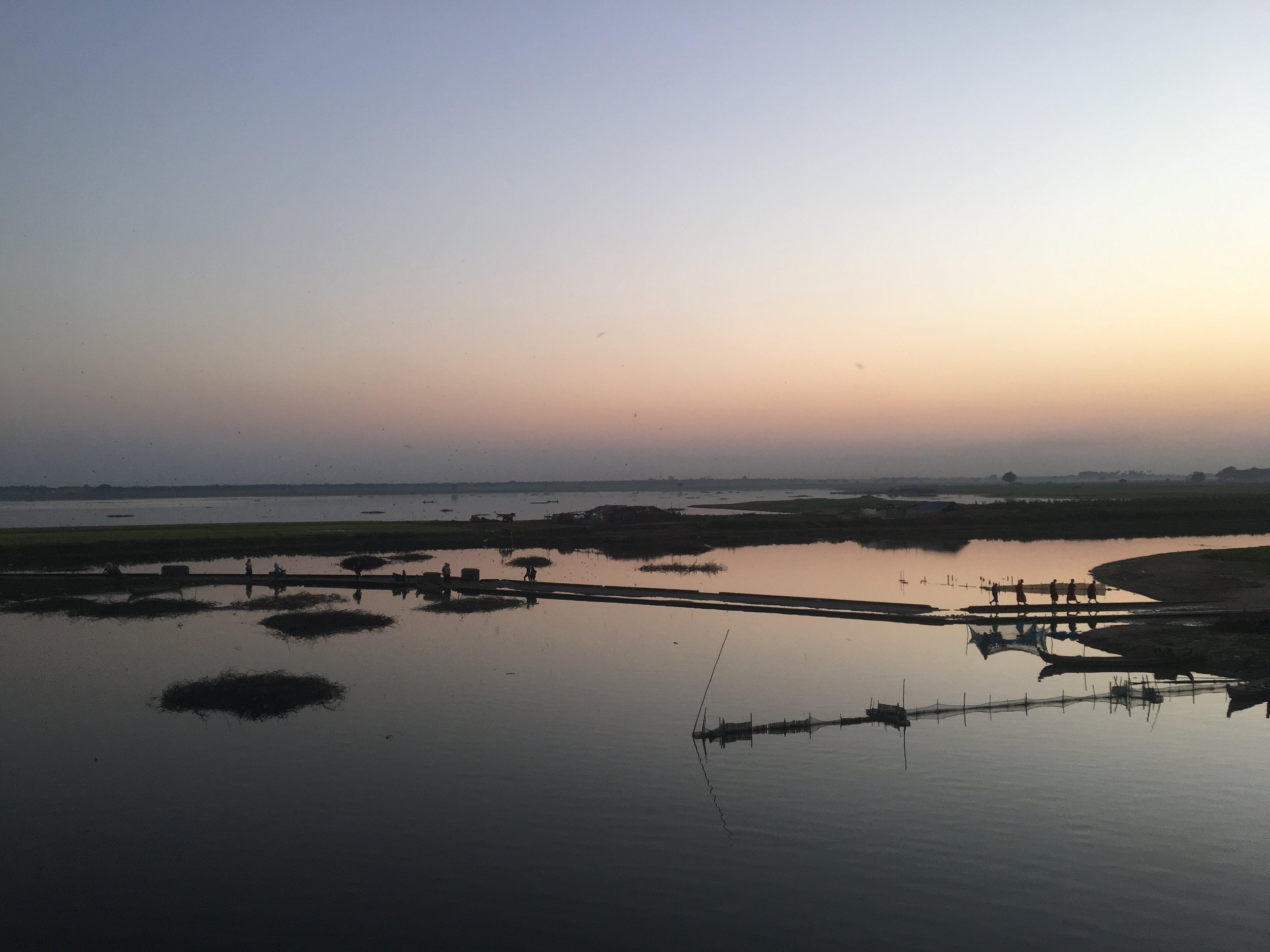The question of how to achieve green development – to maintain economic growth without the trade-offs of ecological degradation or carbon emissions – has long perplexed theorists of development and environmental change. Yet most studies analyze green development as applied to industrialized economies or international aid projects; few examine how it is interpreted and implemented in the Global South, especially in resource-rich areas, even as many countries chart their own development path distinct from that of the Global North.
My research addresses this issue by examining the spatial politics and socio-environmental impacts of China’s green development, focusing specifically on new low-carbon frontiers where renewable energy is produced. A key finding and contribution of my work, is that low-carbon transition in one location or scale entails a process of low-carbon extraction elsewhere, which can subject resource frontiers to land and water enclosures and economic volatility associated with traditional extractive industries. This finding is significant because it situates green and low-carbon technologies and policies within broader dynamics of uneven development and environmental justice, instead of seeing them as innately sustainable and equitable.
I am currently working on two projects: one on renewable energy and rural development in China, and another on China’s “green” Belt and Road Initiative in Southeast Asia. A third project, on emerging ‘powersheds’ in the Asia Pacific, is under development for a planned late 2023 launch.
Renewable energy and rural development in China
This project explores the transformation of China’s rural hinterlands into a renewable energy powerhouse for national green growth. This work originated in my 2017 dissertation that analyzed the boom and bust of small hydropower, China’s first renewable energy technology that has long been viewed as a driver of green rural development. Since 2018, I have expanded my focus to include solar and wind, which have exploded in China in the last decade and share many characteristics with SHP. A core finding of this work is that low-carbon transition in China is based on a logic that re-inscribes frontier regions as resource providers for others, rather than communities with their own economic and environmental priorities. Indeed, I found that renewable energy installations have shifted from small scale and community-based, to large-scale and export-based, underscoring that energy facilities in remote areas privilege investors and urban residents over rural residents.
Representative publications:
Harlan, T. Low-carbon frontier: Renewable energy and and the new resource boom in western China. The China Quarterly, Online First: 1-20.
Harlan, T., Xu, R., & Jun, H. 2021. Is small hydropower beautiful? Social impacts of river fragmentation in China’s Red River basin. Ambio 50(2): 436-447.
Harlan, T. 2021. Green and pro-poor? Analyzing social benefits of small hydropower in Yunnan, China. In Rousseau, J-F. & Habich-Sobiegalla, S., eds., The Political Economy of Hydropower in Southwest China and Beyond. London: Palgrave-McMillan. Pp. 127-145.
Harlan, T. 2020. Conservation or decarbonization? Small hydropower and state logics of green development in China. Annals of the American Association of Geographers 110(5): 1464-1482.
Harlan, T. 2018. Rural utility to low-carbon industry: Small hydropower and the industrialization of renewable energy in China. Geoforum 95: 59-69.
Hennig, T. & Harlan, T. 2018. Shades of green energy: Geographies of small hydropower in Yunnan, China and the challenges of over-development. Global Environmental Change 49: 116-128.
Funding sources:
China's 'Green' Belt and Road in Southeast Asia
This project examines the policy rationale, implementation, and impacts of China’s campaign to “green” the Belt and Road Initiative (BRI). Since the late 2010s, China’s leadership has sought to grow its influence in global environmental governance, both through multilateral institutions and its own BRI infrastructure program. Indeed, President Xi Jinping has promoted the BRI as pathway for other countries to achieve green development, emphasizing it as a potential alternative to the Western development model. Yet this discourse of green development conflicts with China’s own domestic environmental problems, and Chinese companies continue to build ecologically destructive infrastructure projects in other countries, raising questions about the broader purpose and consequences of a green BRI.
To answer these questions, this research analyzes two related facets of the green BRI: 1) green development cooperation (including trainings, dialogues, research, and development projects), and 2) green infrastructure investment, with a focus on renewable energy. To date, collaborators and I have completed a systematic review of China’s green BRI cooperation, including case studies of rubber, hydropower, and forestry. I have also conducted preliminary (pre-pandemic) fieldwork on solar and wind investments in Laos and Myanmar.
Representative publications:
Harlan, T., & Lu, J. The cooperation-infrastructure nexus: Translating the China model in Southeast Asia. Under review with Singapore Journal of Tropical Geography.
Harlan, T. & Lu, J. 2022. Green cooperation: Environmental governance and development aid on China’s Belt and Road. Woodrow Wilson International Center for Scholars, Washington, D.C.
Harlan, T. 2021. Green development or greenwashing? A political ecology perspective on China’s green Belt and Road. Eurasian Geography and Economics 62(2): 202-226.
Oliveira, G., Murton, G., Rippa, A., Harlan, T., & Yang, Y. 2020. China’s Belt and Road Initiative: Views from the ground. Introduction to the special issue. Political Geography 82: 102225.
Harlan, T. 2017. A “green” development model: Transnational model-making in China’s small hydropower training programmes. Area Development and Policy 2(3): 251-271.
Funding sources:
Woodrow Wilson Center China Fellowship
Cornell Atkinson Center for a Sustainable Future Postdoctoral Fellowship



